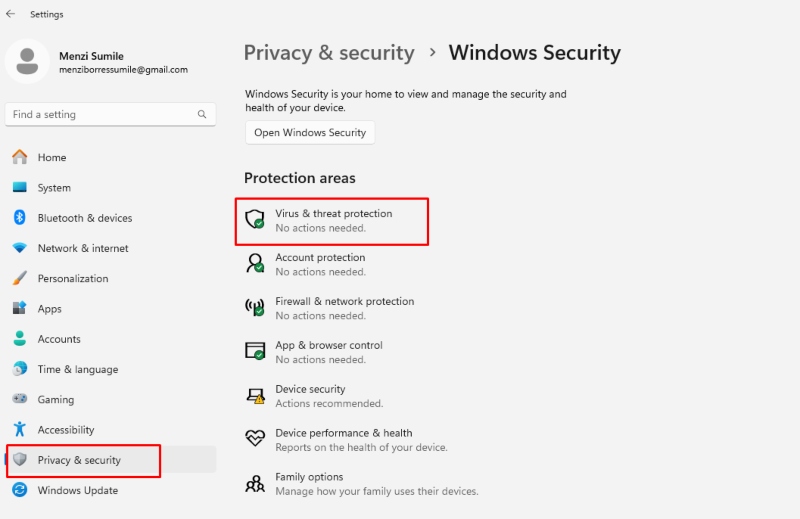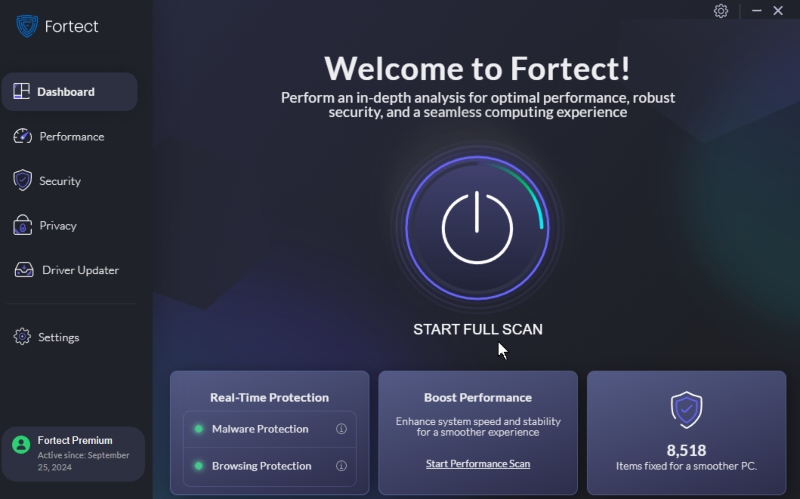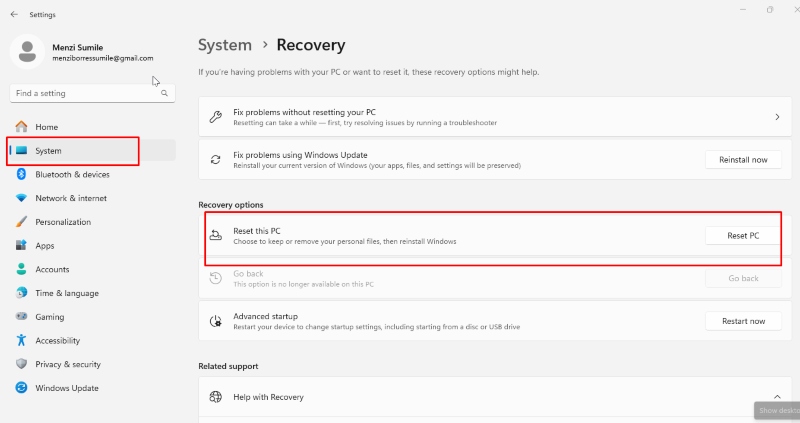How To Remove PowerShell Malware in Windows 11
PowerShell malware consists of malicious scripts or commands that exploit Windows PowerShell to perform harmful actions on a system. Since PowerShell is a trusted tool for managing and automating Windows tasks, attackers use it to run code directly in memory, avoiding detection by traditional antivirus tools.
This malware typically spreads through phishing emails, malicious websites, infected software downloads, and compromised USB devices.
Understanding PowerShell Malware in Windows 11
PowerShell malware is hazardous because it hides within legitimate system processes. By leveraging PowerShell’s administrative privileges, attackers can execute malicious code undetected. This stealthy behavior makes it essential for users to understand how PowerShell malware operates to implement effective defenses.
PowerShell cybe rattack falls under the category of Living Off the Land (LOTL) attacks. This method allows attackers to exploit trusted, built-in system tools to perform malicious actions, making detection more difficult. By using legitimate system utilities, LOTL attacks minimize the need for external malware, helping them bypass traditional antivirus defenses.
Since PowerShell is a native Windows tool with extensive capabilities, cybercriminals can misuse it for harmful purposes without needing to install extra malicious software on the target system.
Signs Your Windows 11 PC Is Infected with PowerShell Malware
Detecting PowerShell malware early can prevent severe damage. Common signs of infection include:
- Frequent PowerShell windows opening without user action.
- High CPU or memory usage in Task Manager.
- Slower system performance.
- Unusual network activity or unknown programs accessing the internet.
- New or suspicious scheduled tasks.
How to Remove PowerShell Malware in Windows 11
Run Windows Security Scan

Windows Security provides built-in protection against a wide range of threats, including viruses, ransomware, and PowerShell-based attacks. Running a full security scan can help detect and remove malicious scripts or software that may be compromising your system.
Steps:
- Press Win + I to open Settings.
- Go to Privacy & Security > Windows Security.
- Click Virus & Threat Protection.
- Select Quick Scan or click Scan options > Full Scan for a thorough check.
- Follow prompts to remove any detected threats.
Use Windows PowerShell to Identify Malicious Processes
PowerShell can also help identify and stop malicious scripts from running on your System.
Steps:
- Press Win + X and select Windows PowerShell (Admin).
- Enter the command: vbnet
- Copy code : Get-Process | Where-Object {$_.Path -like “*temp*”}
- Review the listed processes for any suspicious activity.
- To terminate a process, run: Arduino
- Copy code: Stop-Process -Name “ProcessName” -Force
Disable PowerShell (If Not Needed)
If you don’t use PowerShell, disabling it can reduce the vulnerability of your System.
Steps:
- Press Win + R, type optionalfeatures.exe, and press Enter.
- Please scroll down to Windows PowerShell 2.0 and uncheck it.
- Click OK and restart your PC.
Scan with Third-Party Anti-Malware Tools
Advanced anti-malware programs can detect and remove hidden threats more effectively.

I highly recommend investing in Fortect for its real-time malware protection. From personal experience, Fortect effectively detects various modern cyber threats, corrupted files, and numerous Windows-related issues. It automatically scans your System, delivers real-time updates, and resolves detected problems while optimizing overall system performance.
Download and install Fortect now.
Check and Remove Malicious Scheduled Tasks
Attackers often create scheduled tasks to run malicious scripts automatically.
Steps:
- Press Win + R, type taskschd.msc, and press Enter.
- Browse through the Task Scheduler Library.
- Look for suspicious or unfamiliar tasks.
- Right-click and select Disable or Delete to remove them.
Update Windows and Installed Programs
Regular updates patch security vulnerabilities exploited by malware.
Steps:
- Press Win + I to open Settings.
- Go to Windows Update.
- Click Check for updates and install any available updates.
- Restart your PC if prompted.
Reset Windows if Malware Persists
If the malware persists, resetting Windows can entirely remove the infection.

Steps:
- Press Win + I and go to System> Recovery.
- Click Reset PC under Recovery options.
- Choose Keep my files or Remove everything.
- Follow the on-screen instructions to complete the reset.
Following these troubleshooting steps, you can effectively detect and remove PowerShell malware from your Windows 11 PC, ensuring your System stays secure.
Conclusion
PowerShell malware is a stealthy and dangerous threat that can compromise your Windows 11 system by exploiting legitimate tools. Recognizing the signs of infection and taking proactive steps to remove malicious scripts is crucial for maintaining your PC’s security.
You can effectively eliminate PowerShell malware and prevent future attacks by running security scans, turning off unnecessary features, using trusted anti-malware tools, and keeping your System updated.




